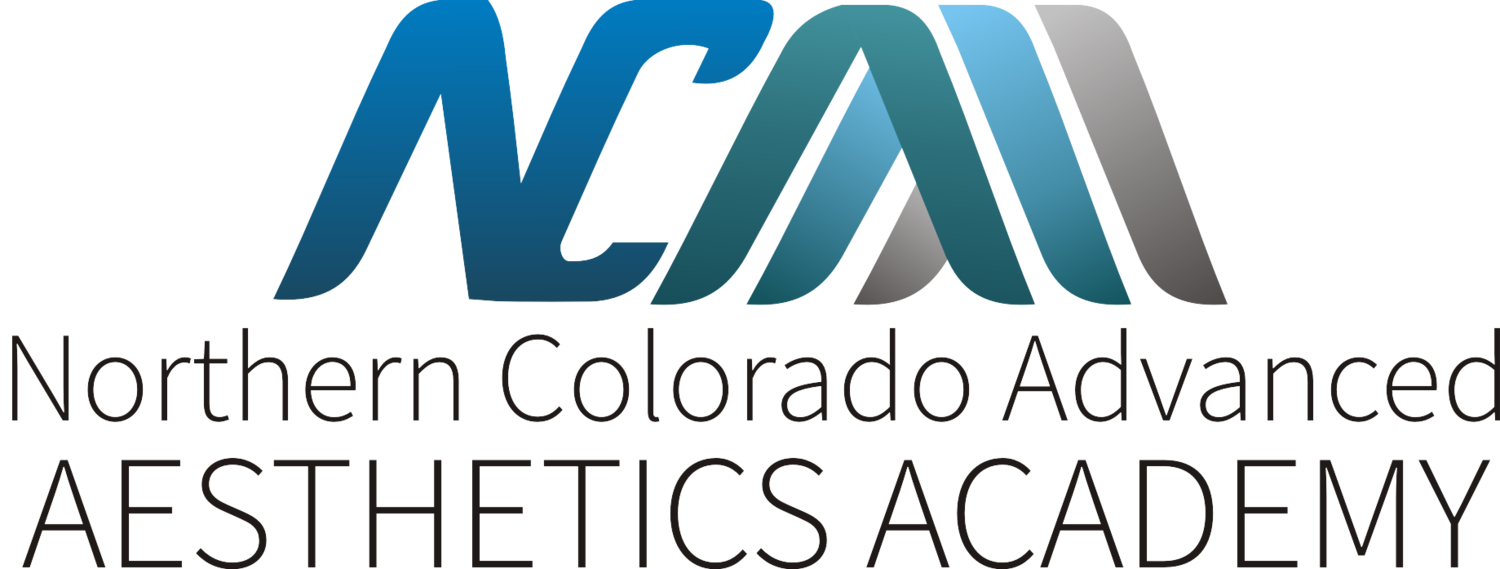5 Steps to Become a Licensed Master Professional Esthetician
Everything has to begin somewhere—even estheticians. Becoming a licensed master professional esthetician takes years of training and hard work. However, before getting the degree and title, people have to take skin analysis courses in prestigious medical esthetician schools. But what are the steps in becoming a licensed master professional esthetician?
1. Take Esthetician Courses
The first step in becoming a licensed master professional esthetician is to take courses like esthetics to learn the skills they need to succeed. Taking courses like microcurrent training classes to learn the basics of skincare and procedures can help students become more efficient and experienced estheticians in the future. The esthetician courses cover anatomy, physiology, and other science in depth for specialized education.
These courses happen in esthetician schools, licensed by the state or the national government. Those who want to take the state or federal license exam must take these esthetician courses, making it the first step in becoming a licensed master professional aesthetician.
2. Take the Exams
The next step in becoming a licensed master professional esthetician is to take the exams. To get a license to practice as a professional, one must pass the exams. These exams require knowledge of the sciences and the clinical skills they need to succeed.
Some states have different licenses depending on the services they offer. An esthetician can offer a variety of services, but they usually have to go through the process of getting permission to perform those services. Each state has different requirements for licensing a master professional esthetician. The requirements can range from taking and passing a test to completing the hours of training.
3. Get an Esthetician Training
After finishing some courses, the professional wants to take esthetician training. However, there are different types of classes available. There are some training courses like microcurrent training that are part of the actual curriculum from the school.
However, there are other training courses like hand-held ultrasound training, which students take on their own time. Regardless of the training course, these classes are worth it for the professional because it will help them get a leg up on the competition, who may not have taken those training courses.
4. Spend Time in Training
The majority of states require at least 600 hours of training and license to become a licensed esthetician. A state board will examine the applicant’s esthetician course syllabus and test the person’s esthetician skills in an examination.
In addition to the esthetician courses, the person must have at least 300 hours of experience working in a salon under an esthetician before taking the exam. After passing the exam, one can receive a license as a licensed esthetician in their state.
5. Get Certified
If a master professional esthetician wants to work as a medical esthetician, they must have a certificate. Esthetician courses may not have covered the medical side of skincare. For this reason, they have to take medical esthetician courses. Medical esthetician courses are esthetician courses that cover the medical side of skincare.
Those who want to work in the medical field or a medical spa will go to school for medical esthetics. Taking more courses will help them get the clinical experience of working with the medical side of skincare.
Conclusion
Becoming a licensed master professional esthetician is about getting the education and experience, which means taking the necessary esthetician courses. The license comes after taking the exam and meeting the requirements for the permit.
Northern Colorado Advanced Aesthetics Academy aims to become Colorado’s best medical esthetician school. Our goal is to equip our students with the right skills and knowledge in handling aesthetician clients in the future. Take our skin analysis course today and become one of the best in the field.
